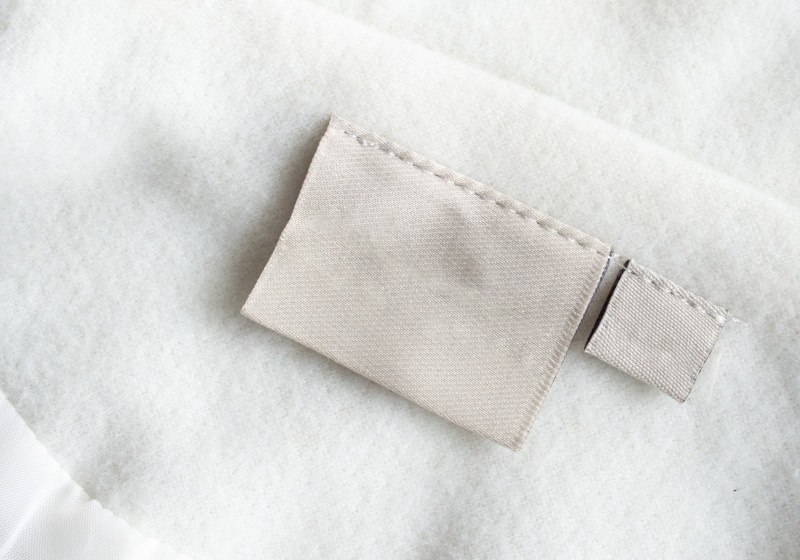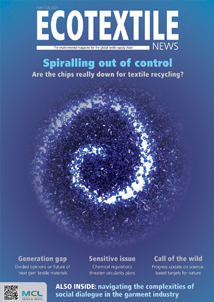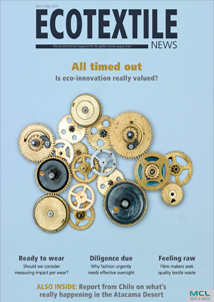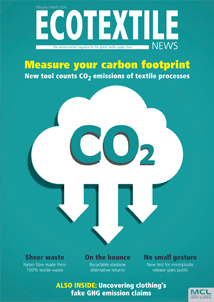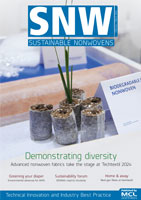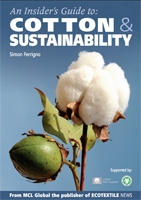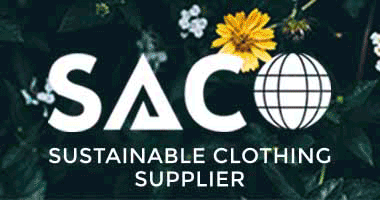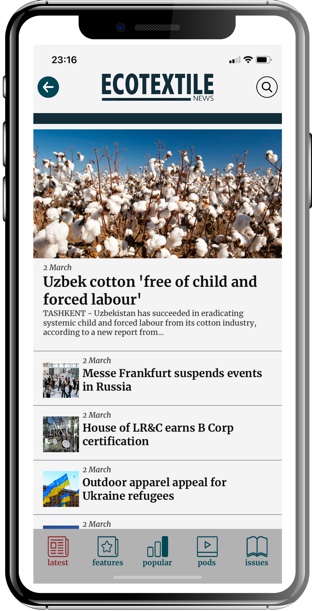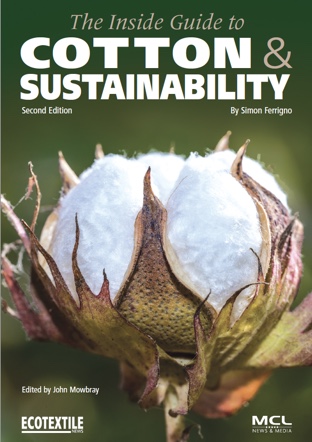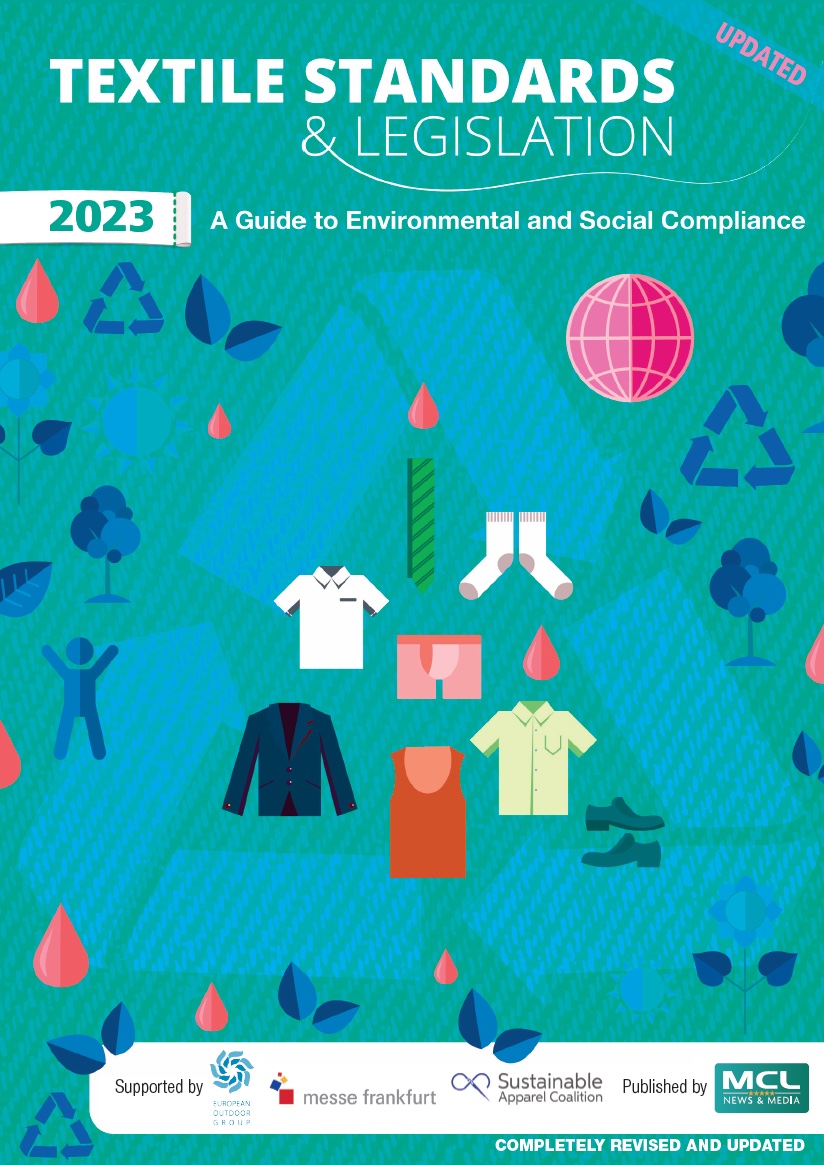SPONSORED CONTENT – Textile labelling requirements vary from country to country. Even within the European Union (EU), certain member states formulate additional requirements for textile labelling beyond the EU regulations. This variety increases the complexity for retailers and manufacturers to comply with related regulations when doing cross-border business, posing a compliance risk to their businesses.
In this article, we will provide a brief overview of textile labelling regulations of the EU and local regulations of major economies within the EU and the UK.
What is labelling and what kind of information is often listed in the labelling?
According to the definition of Regulation (EU) No 1007/2001, an EU regulation on textile fibre names and related labelling and marking of the fibre composition of textile products, ‘labelling’ means affixing the required information to the textile product by way of attaching a label.
Here are some examples of information that is commonly included in a textile label, either mandatory or voluntary:
- Fibre composition
- Manufacture’s information
- Retailer’s information
- Washing instruction
- Size
- Country of origin
Regulations in the EU - Regulation (EU) No 1007/2011
Regulation (EU) No 1007/2011 on textile fibre names and related labelling and marking of the fibre composition of textile products lays down a variety of requirements on the use of textile fibre names and related labelling and marking of fibre composition of textile products when they are made available on the EU market. In a nutshell, textile labels must:
- be durable, easily legible, visible, accessible and securely attached
- give an indication of the fibre composition
- use only the textile fibre names listed in the Regulation for the description of fibre compositions
- indicate by using the phrase ‘Contains non-textile parts of animal origin’ in case any presence of non-textile parts of animal origin in the textile products
- use native language of the member state in which the textiles are sold
There are some exceptions for listing the fibre composition, for example, visible, isolable fibres which are purely decorative and do not exceed 7% of the weight of the finished product do not have to be considered in the fibre compositions.
Besides this, wash care labels, country of origin, size label, and manufacturer identification are not specifically required by the Regulation (EU) No 1007/2011. Having said that, it is strongly recommended to include this information as certain individual member states may require such information, or they might be covered by other legislations or industry standards.
Regulations in Germany, France, Italy, and Spain
Germany
Germany has been fully adopting EU Regulation 1007/2011 since 2016, replacing the Textile Labelling Act (Germany).
France
In addition to EU Regulation 1007/2011, the French Ministry for the Ecological Transition approved the symbols to indicate the sorting information for textiles, household linen and footwear next to the Triman logo, submitted by the eco-organisation Re_fashion according to the implementation of AGEC law. This information will become mandatory in the French market from 1 February 2023.
Italy
Italy has been adopting EU Regulation 1007/2011 since 2012 but there are additional label requirements to indicate producers’ identities and details, and specifications of product type.
On top of that, Italy has also implemented requirements concerning disposal information that must be reported on the labelling of products.
Spain
Textile labelling in Spain is overseen by Royal Decree 928/1987, Of 5 June, The Labelling Of The Composition Of Textile Products.
Regulations in the UK - The Textile Products (Labelling and Fibre Composition) Regulations
Textile Labelling in the UK is governed by The Textile Products (Labelling and Fibre Composition) Regulations; however, the textile labelling regulations between the EU and the UK are seen to be virtually identical.
In relation to textile flammability, there are additional labelling requirements for nightwear which are governed by The Nightwear (Safety) Regulations in the UK. In simple terms, a “KEEP AWAY FROM FIRE” warning must be printed in red block capitals if the textile material cannot pass the required flammability standards after it has been washed.
How the Eurofins Softlines & Leather network of laboratories can help
Failure to comply with labelling and marking regulatory requirements may result in product recalls, consumer complaints and other undesirable scenarios. Buyers can leverage our technical expertise to ensure product labelling and marking is complete and correct.
For more details, please visit https://www.eurofins.com/textile-leather/services/regulatory-and-compliance/labelling/







